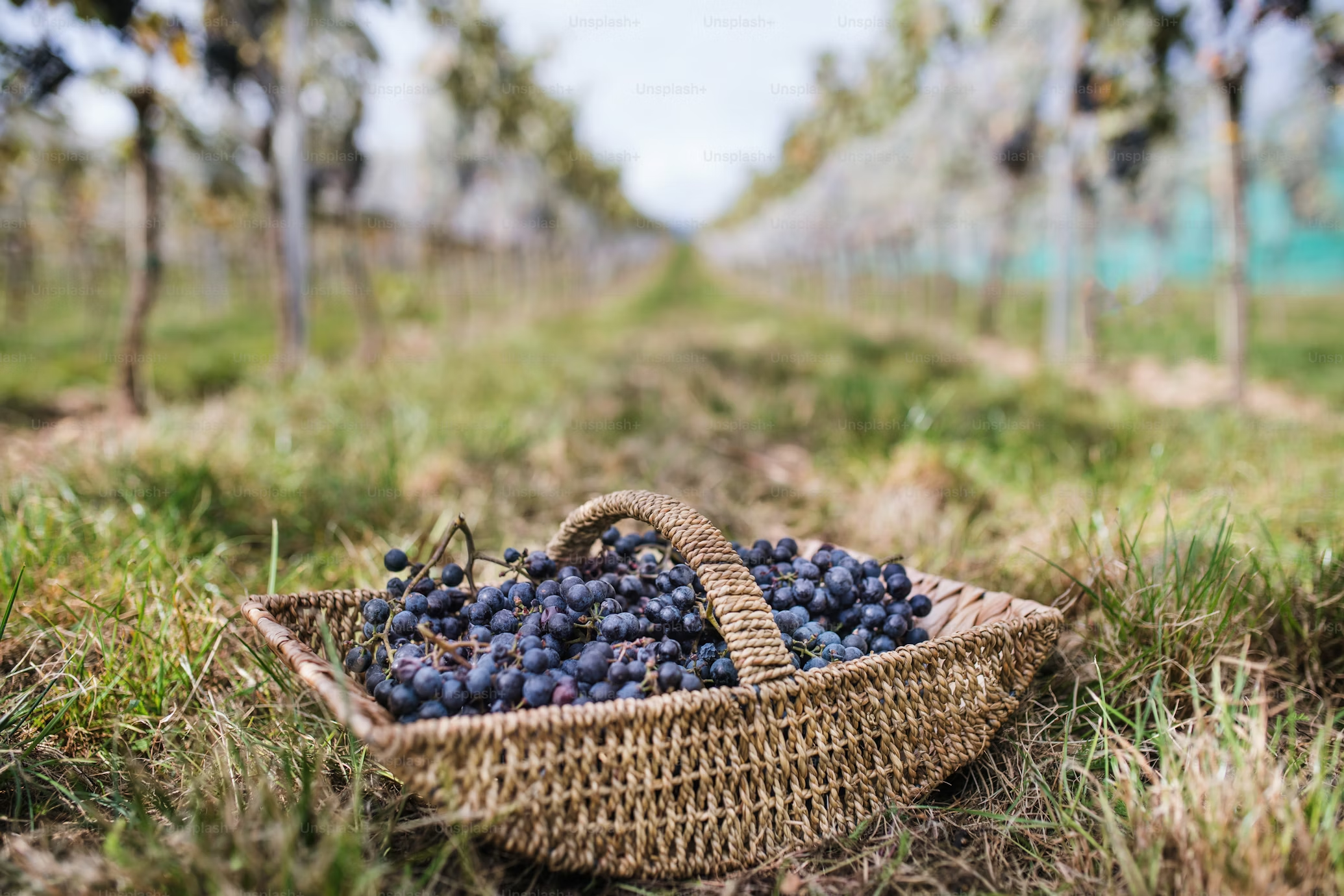
Nestled in the heart of Oregon, Willamette Valley is renowned for its fertile soil, breathtaking landscapes, and thriving hub for blueberry farming. Spanning over 150 miles from Portland to Eugene, this region is a prime agricultural location, and its blueberry farms have become an iconic part of the local economy and culture. With its temperate climate, abundant rainfall, and rich volcanic soils, the Willamette Valley offers an ideal environment for growing high-quality blueberries. The valley’s diverse blueberry farms offer everything from U-pick experiences to blueberry-based products, making it a sought-after destination for locals and tourists alike.
Ideal Growing Conditions for Blueberries in Willamette Valley
The Willamette Valley is blessed with a unique climate that contributes to the excellence of its blueberries. The region experiences mild winters and warm, dry summers, perfect for growing various types of blueberries. The valley’s volcanic soil, rich in minerals and nutrients, enhances the flavor profile of the fruit, making it sweeter and juicier than blueberries grown in other regions. Additionally, the spring and early summer rainfall helps the blueberry bushes thrive, ensuring high yields of premium fruit. With over 10,000 acres dedicated to blueberry farming, Willamette Valley has solidified its position as one of the leading producers of blueberries in the United States.
U-Pick Experience at Willamette Valley Farms
One of the most enjoyable ways to experience the region’s blueberry farms is through the U-pick experience. Many farms in the Willamette Valley invite visitors to come out and hand-pick their fresh blueberries. This allows visitors to enjoy the valley’s scenic beauty and take home fresh, sun-ripened blueberries. U-pick farms typically operate during the peak harvest season, from mid-June to August. Picking your blueberries offers a fun, hands-on way to connect with the land and understand the process behind growing the fruit.
Blueberry Festivals and Community Engagement
The blueberry harvest season in Willamette Valley is not just about picking fruit; it’s also a time for community celebration. Many local farms host blueberry festivals, where visitors enjoy everything from live music and local food to family-friendly activities and various blueberry-based dishes. These festivals bring together the farming community and visitors, highlighting the significance of blueberries in Oregon’s agricultural industry. It’s a chance for everyone to come together, celebrate the harvest, and learn more about sustainable farming practices that support the region’s agricultural landscape.
Varieties of Blueberries Grown in Willamette Valley
Oregon’s Willamette Valley has various blueberry varieties, each offering unique characteristics and flavors. The most common regional varieties are highbush, lowbush, and half-high blueberries. Highbush blueberries, the most widely cultivated variety, are known for their large size and sweet flavor. Lowbush blueberries, often smaller in size, are ideal for making jams, jellies, and baked goods due to their robust flavor. Half-high blueberries, a hybrid variety, are suitable for growing in areas with colder climates, and they offer a deliciously tart flavor that makes them perfect for pies and sauces. The diversity of blueberry varieties in the Willamette Valley ensures that there is something for every taste and culinary need.
Sustainability and Eco-Friendly Practices
As demand for locally sourced and sustainably grown produce increases, many of Willamette Valley’s blueberry farms have embraced eco-friendly farming practices. The region’s farmers prioritize environmental sustainability by using organic farming techniques, minimizing pesticide use, and employing water conservation strategies. Some farms even utilize drip irrigation systems to reduce water waste and maintain the health of their crops. Additionally, many farms focus on soil health and biodiversity, practicing crop rotation and using cover crops to protect the land from erosion and nutrient depletion. These sustainable farming methods ensure that the blueberry farms in the Willamette Valley can continue to produce high-quality fruit while minimizing their environmental impact.
Blueberry Products from Willamette Valley Farms
While fresh blueberries are the show’s star, Willamette Valley blueberry farms also produce a wide range of delicious products that allow consumers to enjoy the fruit year-round. From blueberry jams, jellies, and preserves to syrups, pies, and even wine, there is no shortage of ways to indulge in the flavors of the valley. Blueberries from Willamette Valley are also used in various culinary applications, including smoothies, baked goods, and savory dishes. These products allow blueberry farmers to expand their business and offer consumers a taste of the region in every product.
The Economic Impact of Blueberry Farming in the Willamette Valley
Blueberry farming has a significant impact on the economy of the Willamette Valley. As one of the leading agricultural sectors in Oregon, blueberries contribute millions of dollars in revenue each year. The blueberry industry creates numerous jobs, from farm workers who pick the fruit to processing plant employees who prepare the berries for the market. Additionally, local businesses, such as restaurants, markets, and retailers, benefit from the influx of tourists and consumers interested in purchasing fresh or processed blueberry products. The success of the blueberry industry in the region also attracts investment and innovation, leading to further growth and development.
Oregon’s Willamette Valley is a blueberry lover’s paradise, offering abundant high-quality fruit and an immersive experience that allows visitors to connect with the land. From U-pick farms and festivals to sustainable farming practices and blueberry-based products, the valley showcases the richness of Oregon’s agricultural heritage. Whether you are a resident or a visitor, a trip to Willamette Valley’s blueberry farms is an opportunity to enjoy the fruits of nature while supporting local farmers and their sustainable practices. The Willamette Valley continues to be a thriving example of how agriculture, community, and sustainability can create something truly special.